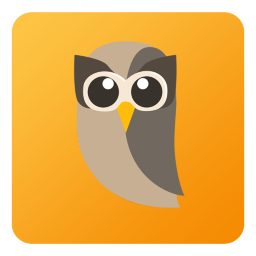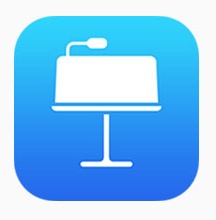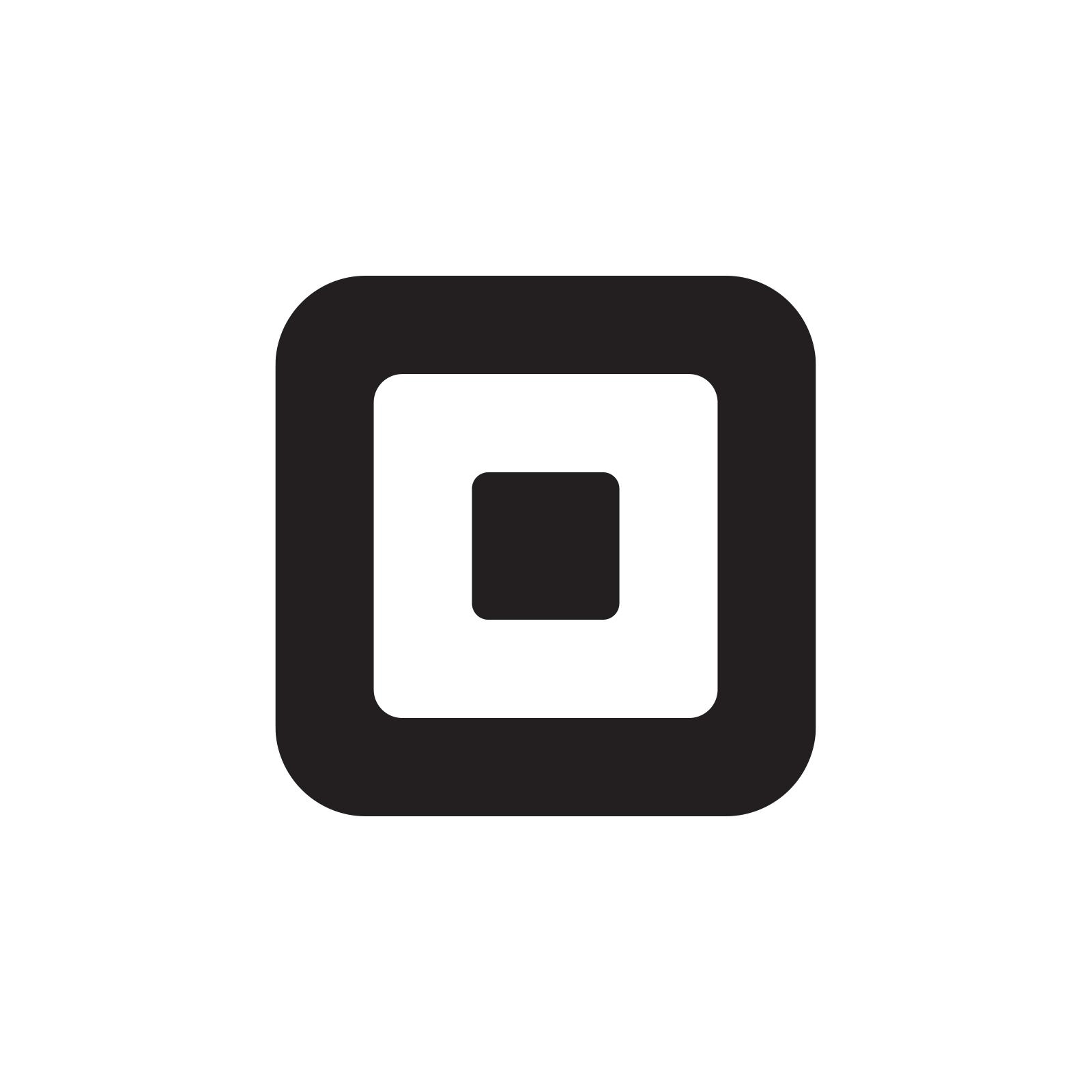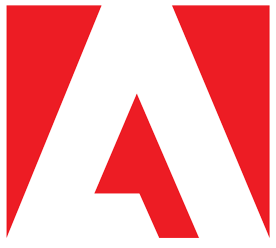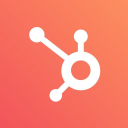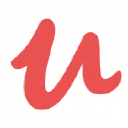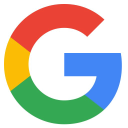How I Conquered My Alcoholism And Built A Non-Alcoholic Beverage Brand
Note: This business is no longer running. It was started in 2017 and ended in 2024. Reason for closure: Shut down.
Hello! Who are you and what business did you start?
Hello! My name is Aaron Weast and I started Drink Shrub, a company dedicated to offering a sophisticated zero-proof solution to an age old problem: what to drink when you’re not drinking.
Our flagship product is Small Barrel Shrub, an all-natural “zero-proof” (non-alcoholic) balsamic beverage. Early in our business we identified as a “mocktail in a bottle” but we feel zero-proof honors the complexity of a beverage and the situations in which our consumers enjoy the product. Our shrub is offered in four flavors: Cascadia Raspberry, Orange & Vanilla, Coconut, and Lemongrass & Mint.
We started the company as a side hustle and for the first two years worked nights & weekends to grow our business. Only recently did we begin working on it full-time. Our first product rolled off the production line in September of 2017, with approximately 18,000 bottles.
After selling the product at farmer’s markets, local retail outlets, food shows, etc. we aggregated the feedback from our customers and revised the recipe and branding in May of 2018. This new revision became what is known today as Small Barrel Shrub. Armed with this new branding and recipe we’ve tripled the number of doors in which we’re sold!

What's your backstory and how did you come up with the idea?
In February of 2015 I made one of the most difficult decisions of my life. That was to enter a treatment program for alcohol addiction. I’d been struggling to contain and control my habit for a while, and everything I’d tried had failed. With an incredible amount of support from my family, I entered a treatment facility where I could focus on solving the problem once and for all.
When one’s focus is on a substance and how to get the next drink you put all of your life dreams on hold. Now that I had clarity of mind and energy to put toward living out my dreams it was time to get started. The first of my life dreams to tackle: entrepreneurship.
It is common for folks to have cathartic moments while going through such a significant life change. In my case, two things became acutely clear. First, I wanted to be a better person. In the recent past I’d been selfish and hurt a lot of people. I wanted not only to right the wrongs as much as possible but also pay forward what my support network had given me. So whatever I did, a portion of the proceeds would go toward an organization that helps folks in need - particularly those that don’t have the robust support network I do. I’m proud to say that since day one, Drink Shrub has donated a percentage of revenue to LifeWorksNW.
Second, I had an insatiable desire to start living. When one’s focus is on a substance and how to get the next drink you put all of your life dreams on hold. Now that I had clarity of mind and energy to put toward living out my dreams it was time to get started. The first of my life dreams to tackle: entrepreneurship (well ok, right after buying a motorcycle).
It wasn’t obvious exactly how my skills, entrepreneurship, and paying it forward would combine. However after getting out of treatment and living my new sober lifestyle, it was abundantly clear to me the options for zero-proof beverages in social situations is lacking. Yes, there is always bottled water, soda, etc. but there didn’t seem to be anything available to those of us who wanted an “adult beverage” that was zero proof. So I decided to make one.
While my expertise was not exactly in food & beverage, I’d been in product development, strategy, and innovation for the majority of my career. I figured if I could bring consumer electronic products to life surely a beverage would be easy. (Spoiler alert: it wasn’t as easy as I’d thought!)
Take us through the process of designing, prototyping, and manufacturing your first product.
My wife and I always loved to cook with flavored vinegar, so we had plenty around the house. The sweetness, acidity and robustness of flavor is not found in any other food -- at least that’s the case in the 12-year aged Italian Balsamic vinegar we had been using. So I decided to start playing around with them to see if I couldn’t come up with an interesting drink. After a lot of trial and error the first recipe for our shrub came together.
During that process there were a few problems I tried to address. The first problem was regarding the bite or “cheekiness” of vinegar. This can be a turn off to a lot of folks so I tried to come up with a way to offset or cancel out that acidity. Enter coconut water - a product that adds nutrition, smoothness, and an inverted mouth feel to balsamic vinegar.
Recipe in hand, it was time to find suppliers for vinegar, coconut water, packaging, and a co packer to help us manufacture the product. None of those things were as easy as I’d expected.
All of the initial manufacturers I contacted in the Portland area either told me we were too small of a company to support or simply didn’t return my phone calls and emails. After expanding my search I managed to get a supplier in Washington State on the phone to discuss my project.
While they weren’t able to help they were kind enough to let me know of a company (they couldn’t remember the name - only the approximate location) who did small batch work and helped companies such as ours. Google wasn’t able to help so I dug through the web pages of local chambers of commerce in the region.
If I remember correctly it was a meeting summary that discussed a grant to a company in the Columbia River Gorge to start a bottling plant that gave me the name of the company I’d been after.
Finally I’d found the elusive copacker!

Describe the process of launching the business.
Up until this point I’d figured out what I wanted inside the bottle, but very little in the way of what went on outside the bottle. Thinking the entire process was much simpler than it actually was, I tried using 99 designs to get some help with a logo.


Not managing to find the perfect fit I posted an update to my Facebook page asking for some recommendations. Steve Jarvis, with whom I've worked at Nike on products such as the Nike+ FuelBand, replied offering to help out. Steve had been running his own design consultancy for a few years and had a little extra time.
It was during my lunch with Steve that he convinced me that what I wasn’t looking for was just a logo - I was looking for an identity. Excited about my purpose and the product I was working on, Steve jumped on board as a co-founder and created our brand identity, logos, web assets, etc.
Even though we had a co-packer that was able to take on our project, it was still going to cost between $15,000-$20,000 to create our initial run of product. For funding we turned to Pie Shell, a food & beverage focused crowdfunding website. Through our campaign, we were able to raise the vast majority of funding needed. Part of the campaign was the creation of a founding video- and this was essentially my public disclosure of my history of addiction and recovery.
While the money was incredibly helpful in starting our company, what I gained from the experience will be with me for the rest of my life. The amount of support and outpouring of love from friends and family (some of which I hadn’t talked to in over a decade) was indescribable. One of the biggest fears I had in going through the recovery process is what people around me would think, how they would judge me, and how I’d deal with the shame of it all. None of my fears materialized. Friends and family all responded with incredible support and care.
Since our crowdfunding launch we’ve secured a small business loan through Craft3 to keep the business running and build out our inventory to support larger accounts and drive down COGS.
Since launch, what has worked to attract and retain customers?
My best advice at this point is don’t be shy!
If you’re looking to grow a food and beverage company, network with other companies in your area trying to do similar things.
When you’re this small, it’s truly a “rising waters lift all boats” situation. It is a rare occasion that we encounter a problem that another company hasn’t already dealt with.
Don’t be shy! If you’re looking to grow a food and beverage company, network with other companies in your area trying to do similar things.
There has not yet been a situation where a larger more established player in our industry turned us away. We’ve learned not to discount the local community in which you live and work. One of our larger mistakes early in our business was concern about sharing too much. Open conversation has led us to multiple retail opportunities, social media collaborations, and buyer contact information for major retailers in our area.
Look for an innovation center! In Portland, we’re very fortunate to have the Food Innovation Center. An incredible resource that was recently featuredin the New York Times, whenever we are completely stuck and need some help they’re always eager and available to assist. They also host events that bring together all the startups to share their products and meet buyers. This is how we connected with New Seasons Market, our largest b2b customer.
Our primary communication tool with customers is Instagram. We’ve found the best traction there when we run contests and cross-promotions with other local brands:

Additionally on the platform we try to create engaging images that show our product being mixed to create really interesting and delicious zero proof beverages.

We have run multiple ads on both Instagram and Facebook with mixed results. While we’re able to track engagement with the content it’s difficult to understand how much of that effort translated into sales at our retail partners. Our best guess as to why this isn’t more effective is the uniqueness of our product. It’s very difficult (impossible?) to communicate what something tastes like through an image. We even tried to bribe customers with adorable puppy photos!

Perhaps our most important tool is getting the product in front of customers. Our product occupies a new space in the market, so packaging and brand awareness alone won’t get us there. As a result we spend a lot of time doing demos. This can be a small table at the end of the aisle in a retail partner or events like the Portland Night Market, Crafty Wonderland, TEDxPortland, and local farmer’s markets.
Regarding product distribution and fulfillment, we tried to use Fulfillment By Amazon - but ran into some snags. The first was our product is in glass bottles which creates some specific headaches (requiring polybag of each bottle, packaging requirements for durability, etc.). Second, due to the approximately 7lb. weight of a fully packaged and protected 4-pack the fees stacked up so high that we’d have had to sell a 4-pack of our product for $15 just to break even. That sounds high but a recent trip to UPS quoted a 4-pack from Portland to Ohio for $23! If you’re considering using FBA for your product, stay away from glass and go straight to cans would be my advice.
How are you doing today and what does the future look like?
Our gross margins are 33% for B2B sales on average, and 52% for DTC. Our COGS is much higher than we’d like given poor yield during our most recent manufacturing runs - something we feel we can solve with higher batch quantities and better partnership with our copacker.
Don’t ignore the little accounts. Our highest volume location is also the one that takes up the smallest footprint: a food truck.
Our quarterly growth is accelerating at our largest retail partner, New Seasons Market. We’re seeing not only compounding growth but the rate of growth is accelerating. Last quarter with them our growth was over 30%.
Right now we are doing around $4000/mo in sales but we’re never the same month-to-month at present. After hiring our first employee, Sam, we’ve begun a very nice acceleration in retail doors as well as sales per door. She has been a huge asset to us in helping us get the word out and championing our brand around the Pacific Northwest.

Our marketing spend is driven by demos, event booth fees, and sponsorships. The most critical use of our limited funds is expanding awareness and having consumers experience the product.
We’re currently made up of 1 full-time employee focused on sales and community engagement and two other folks who are part-time.
The majority of our sales are now fulfilled by us directly. During a time when we were completely a side-hustle we relied on local distribution partners to help us get our products delivered. In the Portland area we’re lucky to have a sustainable delivery service called B-Line which delivers to most of the area on electric bicycle! A partnership with EcoTrust this is a great service that can help with fulfillment for a fairly low cost.
Plans for the future - we’re considering moving from bottles to cans to help enable better and cheaper e-commerce as well as lower overall shipping fees per SKU. Often this requires an increase in minimums depending on the bottling partner but given the movement of the industry our mentors and advisors have been pushing us in this direction. We’re hopeful this will open up better DTC sales channels for us.
We’re also applying to a few incubators and competing in pitch fests which may help us accelerate our growth even further!
Through starting the business, have you learned anything particularly helpful or advantageous?
Thorughout the first few years of the business we’ve paid our fair share of stupid tax! One of the most glaring is the assumption that our e-commerce business would be robust and the FBA program would be a great sales channel for us. After searching for an off the shelf solution and failing, we commissioned the creation of a custom packaging solution to meet the strict durability requirements - but with such limited e-commerce we’re failing to use up the packaging inventory.
Fill your rolodex with mentors! Even those that seem like they might have competitive businesses to yours. Some of our best advice has come from folks that are just a few years ahead of us in their entrepreneurial journey.
Knowing that social media, specifically Instagram, would be an important platform for us we hired a social media management firm to help. However we didn’t have a tight strategy in mind which made the relationship inefficient. Had we spent the time to put together specific messaging, assets, and a proper customer relationship path we may have done better. But in the end we spent a lot of money with little return.
The best decisions we’ve made are those that surrounded exposing our product to the greatest number of people. Shows that wouldn’t necessarily seem obvious to a zero-proof beverage company (such as Crafty Wonderland) were incredibly successful for us.
Finally, don’t ignore the little accounts. Our highest volume location is also the one that takes up the smallest footprint: a food truck. Early on we were guilty of chasing after the big accounts such as Whole Foods while ignoring the hyper-local (and much more personal) outlets.
What platform/tools do you use for your business?
Our primary communication tool to consumers is Instagram. It is there that we’re able to share recipes of zero-proof beverages that use our product. In our experience that’s where our consumer and retail partners spend the most time. Food and beverage is such a visual category andInstagram offers the perfect platform on which we can share our brand.
In a business like ours we constantly meet new people and hear about new opportunities. Keeping these all together and organized was very difficult until we started using Hubspot. This has allowed us to track the status of every lead, send reminders/tasks to each other (helpful as we’re all working out of our homes at present).
Our product also is quite heavy, so shipping is a major cost for us. We’re currently in the process of evaluating multiple shipping tools including RYNLY, GlobalTrans, Uber Freight, etc. In our experience even having a business account with retail shipping partners just isn’t feasible from a cost point of view.
For social media posting and scheduling we use Hootsuite.
For document collaboration and file storage we use G Suite.
What have been the most influential books, podcasts, or other resources?
For a frequent dose of inspiration during the early days of the company I would frequent the Side Hustle School podcast. They’re short, easily digested, and informative about how some people have created income while working a full-time job. We were even fortunate enough to be featuredon the podcast!
How I Built This is another great source of inspiration and learning. Particularly the episodes featuring food and beverage entrepreneurs. Each one has a different story but there hasn’t been a single one where I wasn’t able to learn something and apply it to my business.
Advice for other entrepreneurs who want to get started or are just starting out?
Fill your rolodex with mentors! Even those that seem like they might have competitive businesses to yours. Some of our best advice has come from folks that are just a few years ahead of us in their entrepreneurial journey. Depending on the category you’re in, the competitor may actually see it as a benefit having you in the market. The relationship is more cooperative than competitive. So just ask! Worst they can do is say no.
Just go. This business wouldn’t have been started if I’d not started taking one little step at a time. For example, even though I didn’t use the logos from 99 designs it gave me just a hint of what it might look like when it all came together.
So just start. Register the business with the IRS to get your tax-id number. Play around with Fiverr, 99 Designs, or another small gig service to get your company logo prototyped. It might just give you the boost you need...it did for me!
Are you looking to hire for certain positions right now?
We are not currently hiring and full-time positions right now but are always in need of folks who are passionate about our purpose and product who can help us out demonstrating our products at events in the Pacific Northwest. We’ve recently expanded into Eugene, Corvallis, and Bend areas of Oregon. It would also be amazing to find someone in the Seattle area interested in partnering with us.
Where can we go to learn more?
- Website: drinkshrub.com
- Facebook: drinkshrub
- Instagram: drinkshrub
- Twitter: drinkshrub
- E-mail: info@drinkshrub.com
If you have any questions or comments, drop a comment below!

Download the report and join our email newsletter packed with business ideas and money-making opportunities, backed by real-life case studies.

Download the report and join our email newsletter packed with business ideas and money-making opportunities, backed by real-life case studies.

Download the report and join our email newsletter packed with business ideas and money-making opportunities, backed by real-life case studies.

Download the report and join our email newsletter packed with business ideas and money-making opportunities, backed by real-life case studies.

Download the report and join our email newsletter packed with business ideas and money-making opportunities, backed by real-life case studies.

Download the report and join our email newsletter packed with business ideas and money-making opportunities, backed by real-life case studies.

Download the report and join our email newsletter packed with business ideas and money-making opportunities, backed by real-life case studies.

Download the report and join our email newsletter packed with business ideas and money-making opportunities, backed by real-life case studies.









